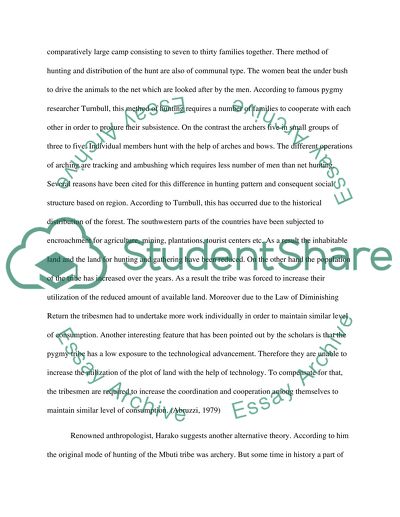Cite this document
(“Mbuti Culture Research Paper Example | Topics and Well Written Essays - 2000 words”, n.d.)
Retrieved from https://studentshare.org/anthropology/1425476-mbuti-culture
Retrieved from https://studentshare.org/anthropology/1425476-mbuti-culture
(Mbuti Culture Research Paper Example | Topics and Well Written Essays - 2000 Words)
https://studentshare.org/anthropology/1425476-mbuti-culture.
https://studentshare.org/anthropology/1425476-mbuti-culture.
“Mbuti Culture Research Paper Example | Topics and Well Written Essays - 2000 Words”, n.d. https://studentshare.org/anthropology/1425476-mbuti-culture.


